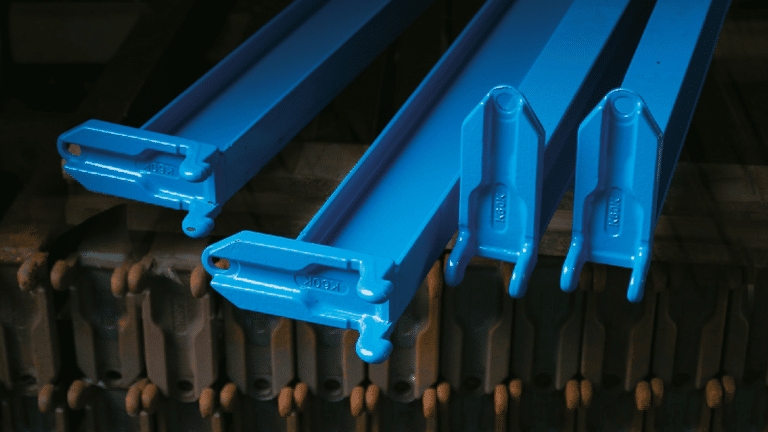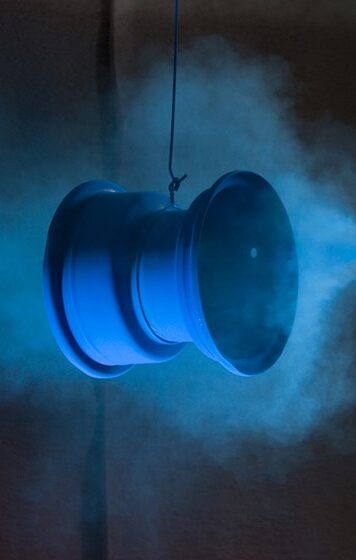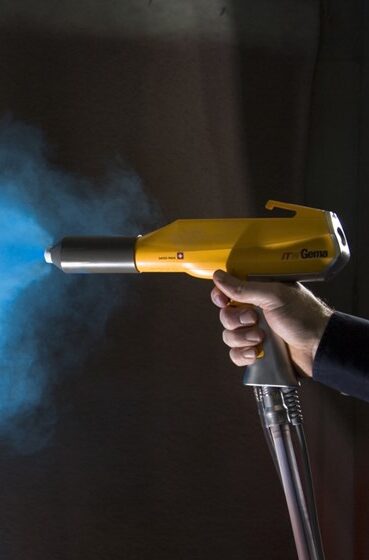
Mixing of powder paints
Powder coating is a durable and weather-resistant way to paint an object. You can choose from a range of special effects, like metallic or holographic finishes. The paint mixing process is used to get the required original layer appearance by powder coating. Because of this, powder paints can be used to create radically different effects than liquid paints. This is a technique for creating a one-of-a-kind, intriguing finish. The procedure is both difficult and dangerous. The products in a mixed order must be compatible with one another. Even minor differences in the raw material foundation can result in a coating with poor characteristics and an unappealing look when applied by powder coating. The final paint may be faulty, necessitating a powder coat reapplication. It’s also worth noting that the warranty does not cover mixed paints. We run the danger of losing money if we mix them ourselves.


Methods of mixing powder paints
You can mix and match powder coatings to achieve the effect you want. The metallic coating is created via bonding or dry mixing. The first method is based on a constant-temperature mix of paint particles and metallic pigments. This prevents the blended chemicals from separating from one another. The second approach, on the other hand, relies solely on the mixing of two components without the use of temperature. There is a possibility of the product delaminating or changing its appearance in this case. A pigment with the ability to diffract light is used to create the holographic effect. A hammered effect can be achieved by blending two colors with distinct characteristics. A rusty appearance is created by combining the three colors: orange, brown, and dark brown. Powder coating with a blend of pigments can give the treated elements a one-of-a-kind and distinctive appearance. However, keep in mind that this is a sophisticated operation that should be left to the professionals to complete.
